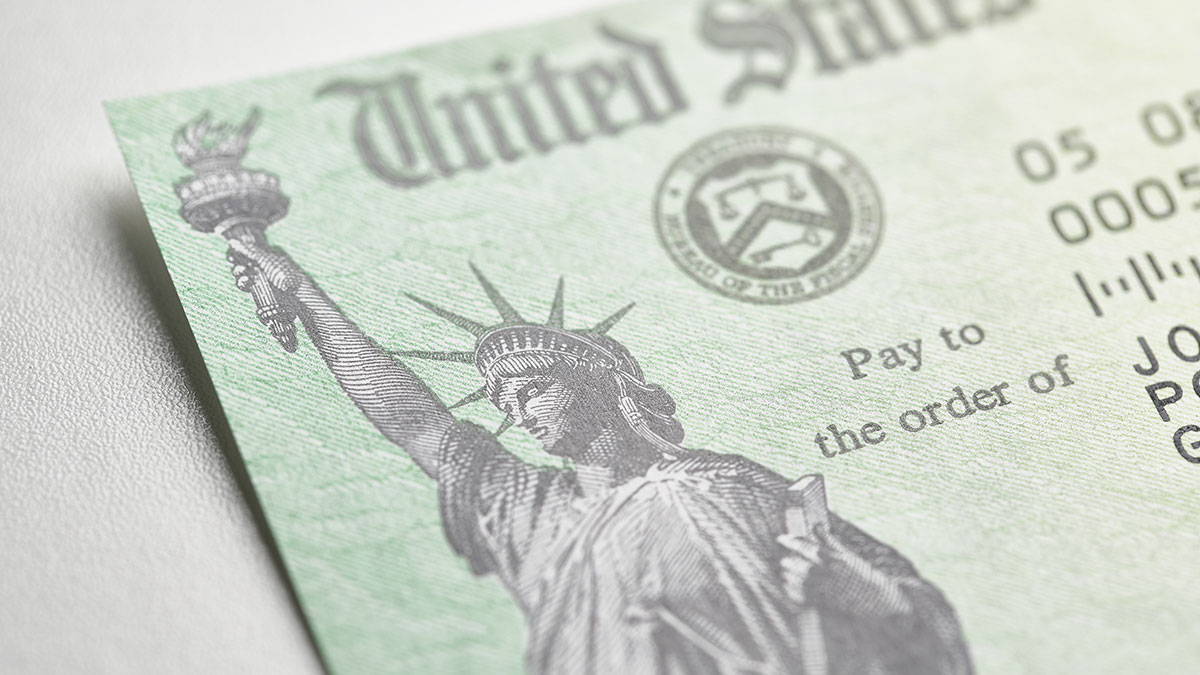More Stimulus Payments on the Way
What you need to know NOW

You could soon see another stimulus payment in your bank account with the recent passage of the Emergency Coronavirus Relief Act of 2020, which means more direct relief to you and your family. Here are some of the major points you need to know that are buried inside this $900 billion piece of legislation.
Direct stimulus payments to you. The legislation includes a $600 payment per person, including adults and dependent children who are under age 17. Payments are based on your 2019 income and should start being distributed shortly, per Treasury Secretary Mnuchin. The payment amount phases out for adjusted gross incomes over $75,000 for single taxpayers and $150,000 for married couples.
Things to consider:
- If your income in 2019 is over the phaseout threshold, but not over the phaseout threshold for 2020, you will have an opportunity to request the funds on your 2020 tax return.
- Unlike the first round of stimulus payments in 2020, if you have someone in your household who is ineligible, you can still get payments for those individuals who are eligible.
- If the number of adults or dependents in your household changed during the year, you will need to keep track of this and be prepared to issue corrections to ensure you receive the correct payment amount.
- The payment mechanism in place for the initial 2020 direct stimulus payments should help facilitate distributions of this second round of direct stimulus payments. If you have concerns about why your check hasn’t arrived in a timely manner, check out these tips to help you investigate further.
Extension of unemployment benefits. Federal unemployment benefits of up to $300 per week are extended through March 14. Benefits for self-employed workers, set to expire at the end of 2020, are also extended.
Things to consider:
- If you have not already done so, you must file for unemployment with your state.
- These benefits also apply to self-employed and part-time employees. Many workers who were eligible for this unemployment earlier in 2020 did not file because this class of workers is typically not eligible for most state unemployment programs.
New PPP loan funds. There is additional money available from the Small Business Administration (SBA) for a new round of PPP loans. The new loan program is targeted to businesses that need the funds. To qualify, your business must have 300 or fewer employees and have seen a drop in revenue of 25% or more during any quarter in 2020. Some of the money is earmarked for very small borrowers, underserved communities, and small lenders. There are even simplified requirements for forgiveness if the loan amount being applied for is less than $150,000.
Eviction moratoriums and rent assistance. The bill extends until January 31, 2021, a moratorium on evictions that was scheduled to expire at the end of 2020. The bill also includes $25 billion in emergency assistance to renters.
There is much more in this huge bill, including relief for hard-hit industries, education, student loans, and vaccine assistance. Please keep up-to-date as more is learned after a full review of the bill is made available.




